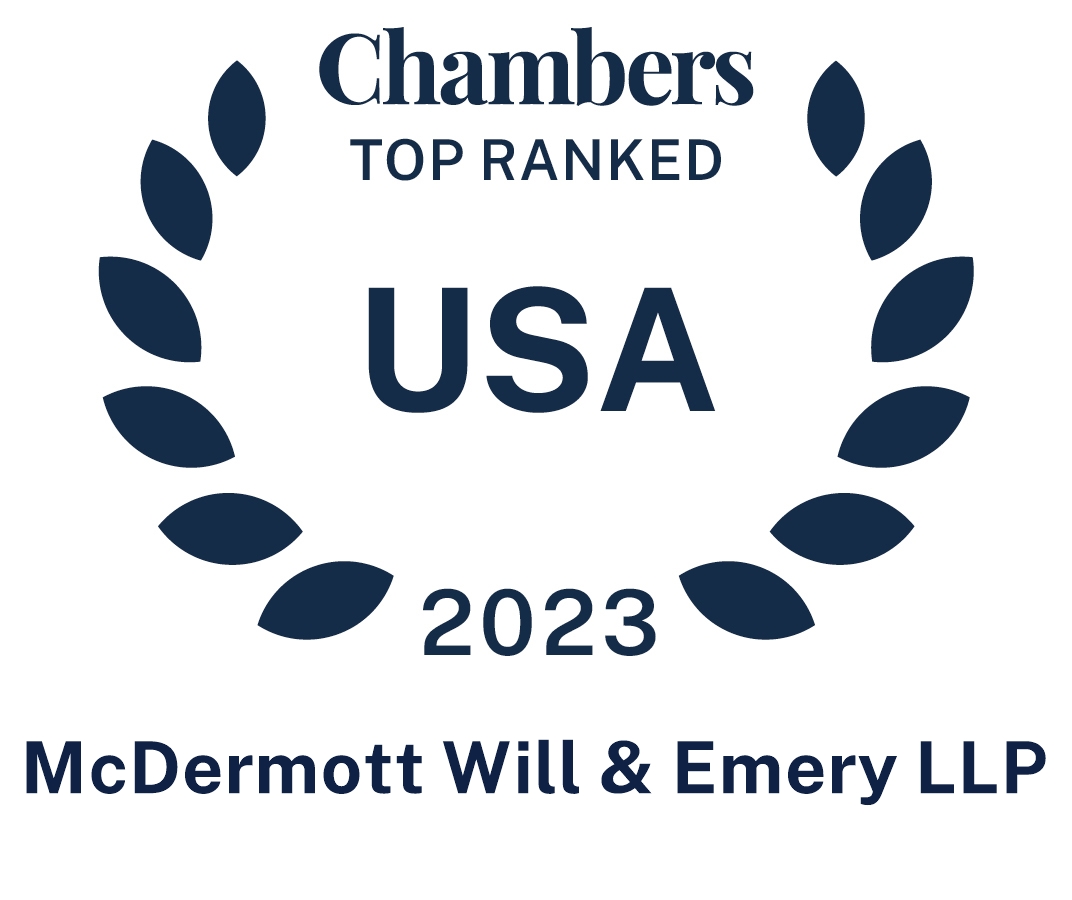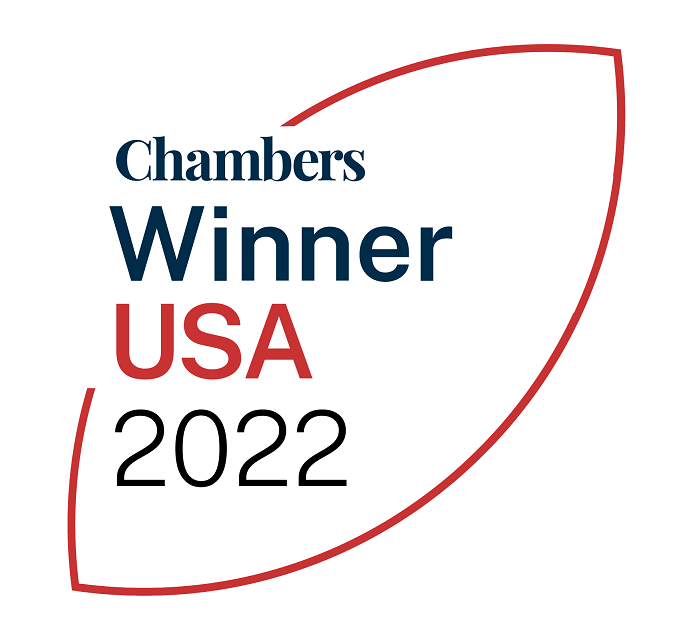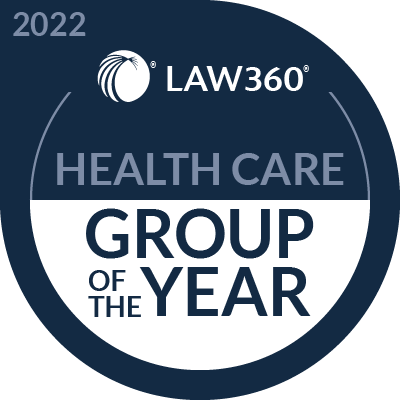Find this week’s updates on 340B litigation to help you stay in the know on how 340B cases are developing across the country. Each week we comb through the dockets of more than 50 340B cases to provide you with a quick summary of relevant updates from the prior week in this industry-shaping body of litigation. Get more details on these 340B cases and all other material 340B cases pending in federal and state courts with the 340B Litigation Tracker, a subscription product from McDermott+Consulting.
Issues at Stake: Medicare Payment; Contract Pharmacy; Other
- In eight Medicare payment cut cases, the court approved the parties’ motion to consolidate the cases and the parties’ proposed briefing schedule.
- In a case challenging Arkansas’ Act 1103, the court filed the initial scheduling order for the case.
- In an appeal before the Eighth Circuit Court of Appeals challenging Arkansas’ Act 1103 that was decided in the state’s favor, the plaintiff-appellant filed a petition for rehearing or rehearing en banc.
- In an appeal before the Ninth Circuit Court of Appeals concerning a qui tam False Claims Act action, the appellant-relator filed a motion to extend the time to submit its opening brief.
- In a breach of contract claim filed by a 340B Covered Entity against several related party Medicare Advantage plans, the Medicare Advantage plans filed a reply in support of their motion to dismiss and a reply in support of their motion to stay discovery. Additionally, the court in this case ordered [...]
Continue Reading






